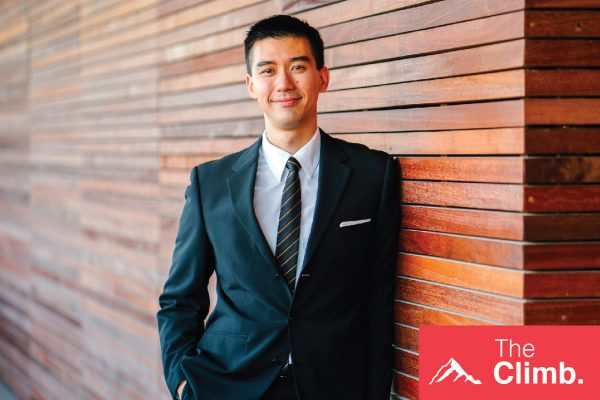The time of year, when we set goals and make resolutions is here.
But every year, we seem to revisit the same goals because we fail to take action and make our goals a reality.
It’s not that we lack motivation.
Often, what gets in our way is fear.
Fear paralyzes us. It makes us doubt ourselves and stops us from taking action, even when all our worries are just in our head.
As ancient Roman Stoic philosopher Seneca said, “We suffer more in imagination than in reality.”
We often fail to take action because we are tormented by all the “what ifs” that could happen or things that could go wrong.
Inspired by Seneca’s quote and his work, entrepreneur, and author Tim Ferriss designed a simple exercise to see decisions more clearly when fear holds us back. It’s called Fear-Setting. You can learn more about it here.
Tim Ferriss TED Talks
Unlike goal setting, where you make a list of what you want to do, Fear-Setting consists of making a list of what you are afraid to do and what you are worried will happen if you take action.
All you need is time, a pen, and paper.
Let’s go one step at a time.
Page #1: Put your fears under a microscope.
- Step 1. Identify the “What if…” decision that has been weighing on you, filling you with fear of stopping you from achieving a goal.
- Step 2. On a sheet of paper, draw three columns, titled “Define,” “Prevent,” and “Repair.”
Source: Tim Ferriss
- Step 3. In the Define column, write at least 10 things that could go wrong if you attempt your decision.
- Step 4. In the Prevent column, think of ways you could prevent the feared outcome in the Define column for each bullet from happening or decrease the likelihood of it happening.
- Step 5. In the Repair column, think about the following, if the worst-case scenarios come true, what could you do to repair the damage, or who could you ask for help?
Page #2: Consider the potential benefits of taking action
Source: Tim Ferriss
- Step 6. On another piece of paper, answer the question, “What might be the benefits of an attempt or a partial success?” if you take action.
Page #3: Consider the consequences of inaction
- Step 7. On the third sheet of paper, answer the question: “If I avoid action or decision, what will my life look like in six months, 12 months, and three years?”
Source: Tim Ferriss
Step 8. View all the worst-case scenarios and benefits to decide if the cost of action is greater than the cost of inaction.
Every New Year is a clean slate. We get 365 days to grow and try new things. At Rochat, we want to help you and your coworkers on that journey. Read more about our Continuing Education Programs here.
What is holding you back? What actions and goals have you been putting off because you’re worried about what might happen?
If you enjoyed this edition of The Climb, share it with a friend.




